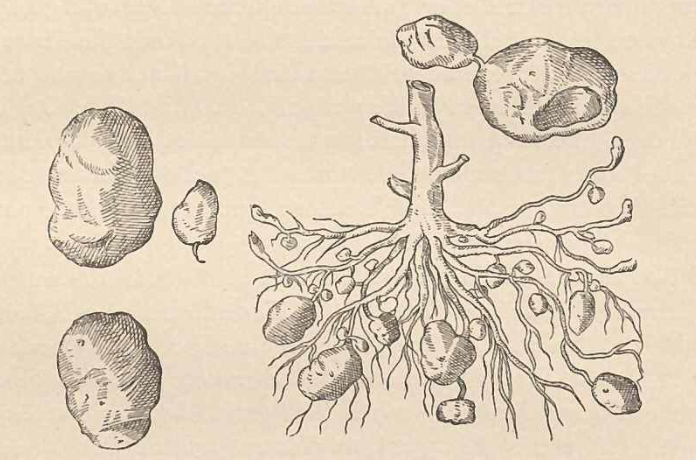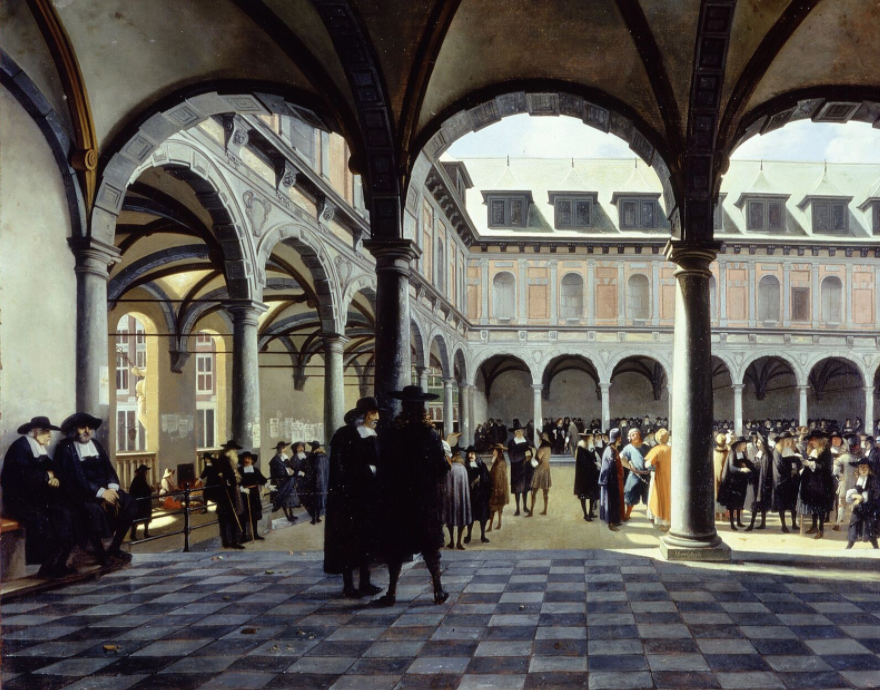Unit 3 Overview: Absolutism & Constitutionalism
5 min read•january 9, 2023
I
Isabela Padilha Vilela
E
Eric Beckman
I
Isabela Padilha Vilela
E
Eric Beckman
AP European History 🇪🇺
335 resourcesSee Units
Unit 3 Overview: Absolutism and Constitutionalism
Welcome to Unit 3, which, unsurprisingly, builds on the developments from Units 1 and 2 🤯! Keep an eye out for connections to all of the key terms from the first units–new monarchy, religious pluralism, overseas expansion, and the commercial revolution.
📄 Read: AP European History - Unit 1: Renaissance and Exploration
📄 Read: AP European History - Unit 2: Age of Reformation
States and Politics
Sovereignty means political power to make and enforce rules without accepting a higher political authority. This is the key concept in Unit 3 that extends from Units 1 and 2.
Development of Constitutionalism in England
Struggles over sovereignty included monarchs vs. nobles and conflict between dominant and minority religious groups. Both occurred in 17th century Britain. British monarchs 👑 shared political power with nobles, who exercised their authority through Parliament. When King Charles I (a failed leader who wore fantastic shoes 👢) and Parliament disagreed on sharing power, war broke out in 1642. The English Civil War was also religious (Puritans, Anglicans, Presbyterians, and Catholics) and national (anti-English rebellions in Ireland and Scotland). Parliament won and executed Charles 😵.
Later, Charles’s son James II clashed with Parliament, leading some Parliamentary leaders to invite his brother-in-law to invade England and overthrow him. This worked! Because a civil war did not result, this was called the Glorious Revolution. It established Parliamentary supremacy; British monarchs shared sovereignty with some of their subjects. Historians call this constitutionalism 📜. The Dutch Republic of the Netherlands was another prominent example of constitutionalism because an oligarchy of elites exercised sovereignty.

Charles I of England
🎥 Watch: AP European History - English Civil War
Absolutism
Some monarchs, most notably Louis XIV in France and Peter the Great in Russia, expanded their powers 💪 beyond what new monarchies of the previous period claimed. Their aspirations toward absolute power are called absolutism (get it?). They increased their power by limiting noble political influence while maintaining nobles’ economic and social privileges. Absolutists also extended the power of their states by employing officials to administer and control their realms, and by maintaining a higher control of the military. These Monarchs wanted to modernize their nations to increase their warfare and power in the continent and across the world.
Popular absolute monarchs of the time included: James I of England, Peter the Great of Russia, Philip II, III, and IV of Spain.
Balance of Power
Relationships between European states often involved a concept called the balance of power ⚖️, the principle that no country should be too powerful. After the Peace of Westphalia, this principle primarily shaped conflict and diplomacy, including the great wars of the 18th Century and their peace ☮️ settlements. France, particularly under Louis XIV, threatened to become too powerful, which provoked several wars.
Whether absolutist or constitutional, increasingly powerful central governments used bureaucracies administering heavier taxes 💸to build powerful militaries. Such militaries were expensive because they relied on standing armies that trained with firearms, used cannons, and constructed extensive fortifications. Hence, a few large states increased their power, while states that could not centralize sovereignty lost influence or disappeared (e.g., Poland 🇵🇱).

Van der Meulen’s painting of the Siege of Cambrai, 1677, a French victory
Commercial and Economic Developments
Agriculture
Although most people remained farmers during this period, agriculture changed significantly, increasing the supply of food. By the 18th Century, the population was rising in much of Europe. European farmers began planting crops from the Americas. In particular, potatoes 🥔, originally from South America, increased the available food supply in many areas.

Carolus Clusius, illustration of “The Potato of the Peruvians,” 1601
Significant changes also occurred in the economic and social organization of farmland 🧑🌾, which some historians call the Agricultural Revolution (aka the Second Agricultural Revolution in World History). Landowners consolidated land ownership and limited traditional community rights, such as grazing animals 🐄 on common land. In Britain, this extended the enclosure movement, which begun in the 16th Century and enclosed (get it?) open lands managed by communities into areas wholly controlled by individuals. This transition to private property encouraged investment in land and experimentation with new techniques, both of which boosted production 📈. But, it also forced many people to leave agricultural work. Young women often felt these effects first and most directly, contributing to their movement into manufacturing.
Other important goods that were brought form overseas and played an important role in the daily lives of Europeans included: suger, teas, silk and other fabrics. tobacco, rum, and coffee. It is also relevant to note that, this higher accessibility to goods is highly due to the slave-based economy of the time. The faciliation of the slave trade led to a higher production of demanded European goods, such as sugar and coffee from Latin America.
Market Economies
Enclosure was just one aspect of the European shift toward a market economy and capitalism 💹. Europeans increasingly produced goods for the market instead of for personal use; investors (i.e., capitalists) more frequently organized production. Many agricultural families began producing goods, such as cloth 👕, in their homes as part of the putting-out system or cottage industry. Along with booming overseas trade, these market developments led to new financial practices (such as insurance) and institutions (such as banks 🏦 and stock exchanges).

Image and caption from Wikimedia
Courtyard of the Amsterdam Stock Exchange, circa 1670.
Many European states followed mercantilism, an economic policy that aimed to increase production within a country and keep profits from all trade. Imperial states (i.e., those with empires) passed laws limiting 🙅 the importation of manufactured goods. They restricted their colonies in the Americas from producing raw materials and high-value products, especially sugar. The number of African people trafficked as part of the Atlantic Slave Trade peaked at the end of this period. The profits from both the slave trade and products made by enslaved workers were enormous. English and Dutch merchants, in particular, accumulated tremendous wealth 💰 from these developments.
🎥 Watch: AP European History - Absolutism vs. Constitutionalism
Browse Study Guides By Unit
🎨Unit 1 – Renaissance & Exploration
⛪️Unit 2 – Reformation
👑Unit 3 – Absolutism & Constitutionalism
🤔Unit 4 – Scientific, Philosophical, & Political Developments
🥖Unit 5 – Conflict, Crisis, & Reaction in the Late 18th Century
🚂Unit 6 – Industrialization & Its Effects
✊Unit 7 – 19th Century Perspectives & Political Developments
💣Unit 8 – 20th Century Global Conflicts
🥶Unit 9 – Cold War & Contemporary Europe
🚀Thematic Guides
📝Long Essay Questions (LEQ)
📆Big Reviews: Finals & Exam Prep

© 2025 Fiveable Inc. All rights reserved.